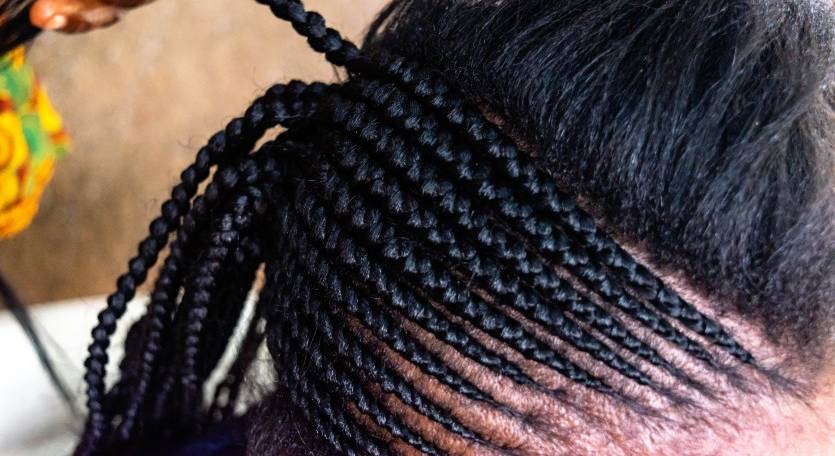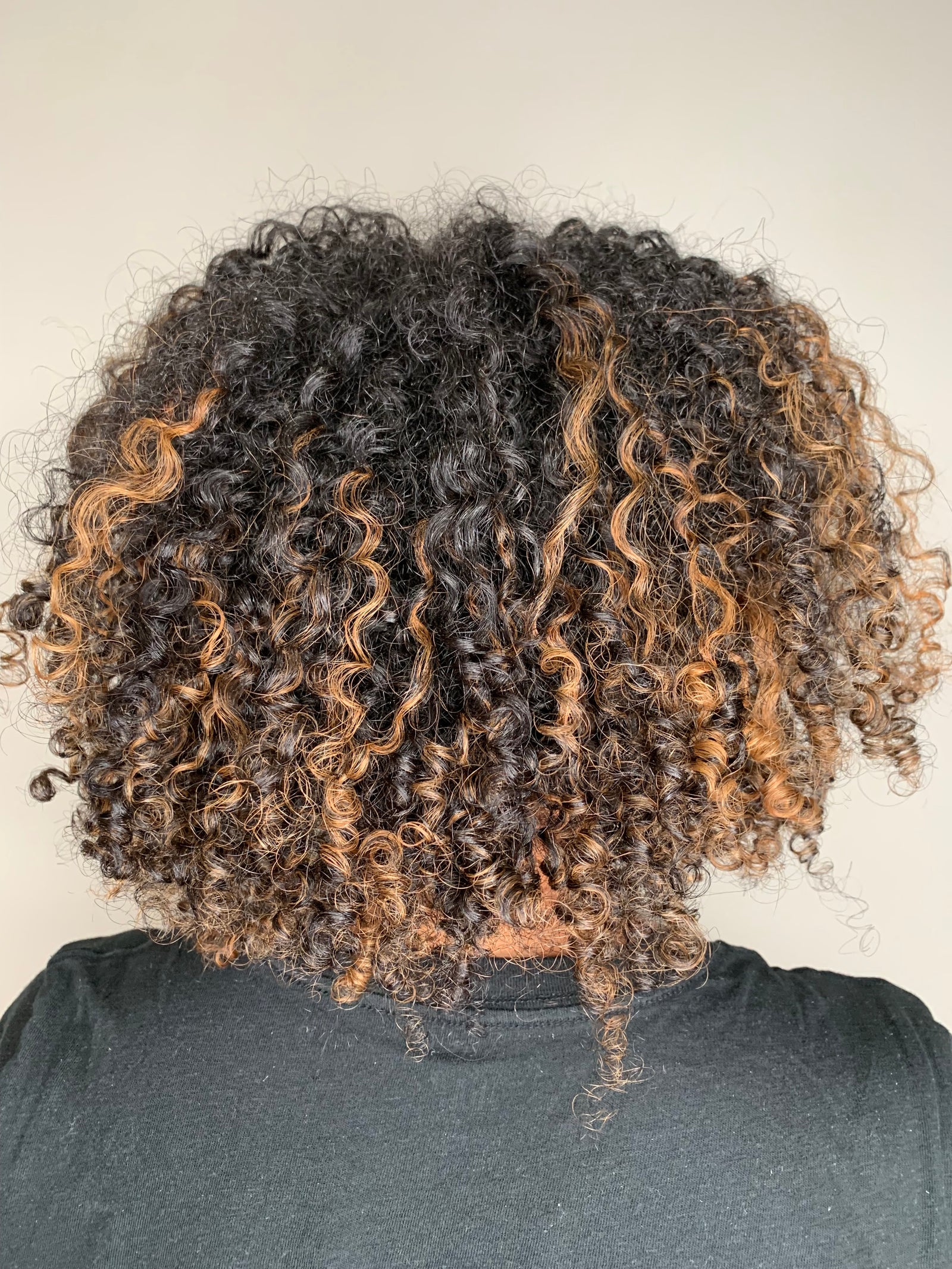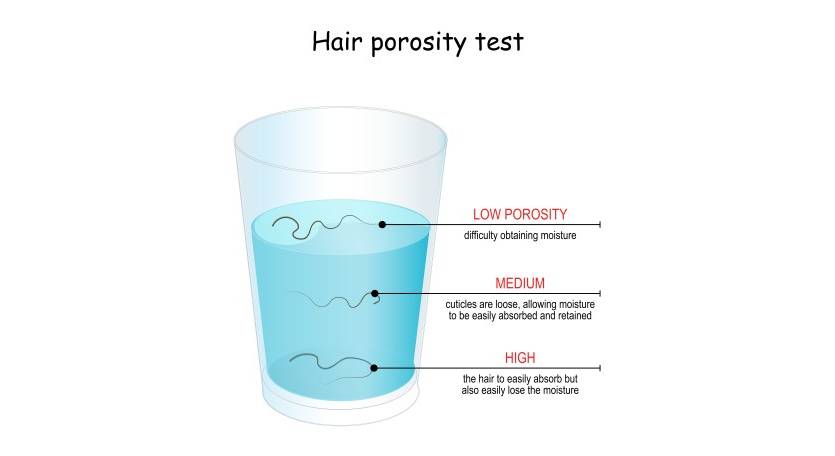Your Cart is Empty
June 22, 2021

Most women face a period of hair loss at one point or another in their lives. Sometimes it’s just natural shedding as we transition from season to season. For others, it might be stress, which affects just about every bit of our systems if we let it. Hair loss could also be health-related. Vitamin deficiencies, especially low levels of Vitamin D, are often the cause, as are hormonal imbalances resulting from pregnancies, menopause, or endocrine issues such as thyroid disease and diabetes. There is one type of hair loss, however, that seems to impact Black women more frequently than their non-Black sisters, and that Traction Alopecia.
As its name suggests, Traction Alopecia has to do with hair that has to much grip or pull due to how it’s styled or worn. It is also exacerbated by certain chemical components and heat. And because most Black women have experimented with both aggressive treatments as well as styles that cause trauma to their scalps and hair follicles, including locs, braids, extensions, and weaves, they are particularly vulnerable to this type of hair loss.
The bad news is that Traction Alopecia can be a nightmare for your self-esteem. The good news, however, is that with early intervention, a little work, and a lot of TLC, it can be reversed and even avoided in the future.
The first thing most experts suggest is that, if you’re indulging in any chemical treatments or regularly using extra-hot styling or straightening tools, stop immediately. These actions will allow your hair some freedom to breathe and heal. Second, if you are wearing weaves or hair extensions, never wear them longer than six to eight weeks without giving your scalp a break. The constant pull on your scalp will begin to deteriorate your hair’s natural defenses against loss, and if you aren’t careful, hair loss in areas of significant tugging could be harder or even impossible to reverse. Braids are slightly less detrimental, but depending on their volume and weight, they should also be removed no later than ten weeks after original placement. Third, avoid repetitive hairstyles that incorporate traction. The worst offender is the seemingly innocent tight ponytail, which pulls hair from the hairline as well as the crown, setting the scene for a hair disaster. And last, be gentle with the products you use for treatments. Look for shampoos without sulfates, and find conditioners, oils, and masks that provide the moisture you need without harsh fragrances or additives.
Another practice you should always employ for hair health is using satin bonnets or wraps during sleeping hours. Unlike silk products, which tend to be less flexible and therefore harsher on hair, soft and flexible satin caresses hair with its smooth finish and sets the course for less friction. All of Hairwell’s Bedtime Beauty Bonnets and Glam Sashes are made of 130 GSM satin both inside and out, providing the gentle protection that ensures hair health. Hop over to our products page and take a look at our selection!





Enter Your Email for Great Info and Exciting Offers from Hairwell.
Join our community, enjoy a 10% welcome discount off your first order!